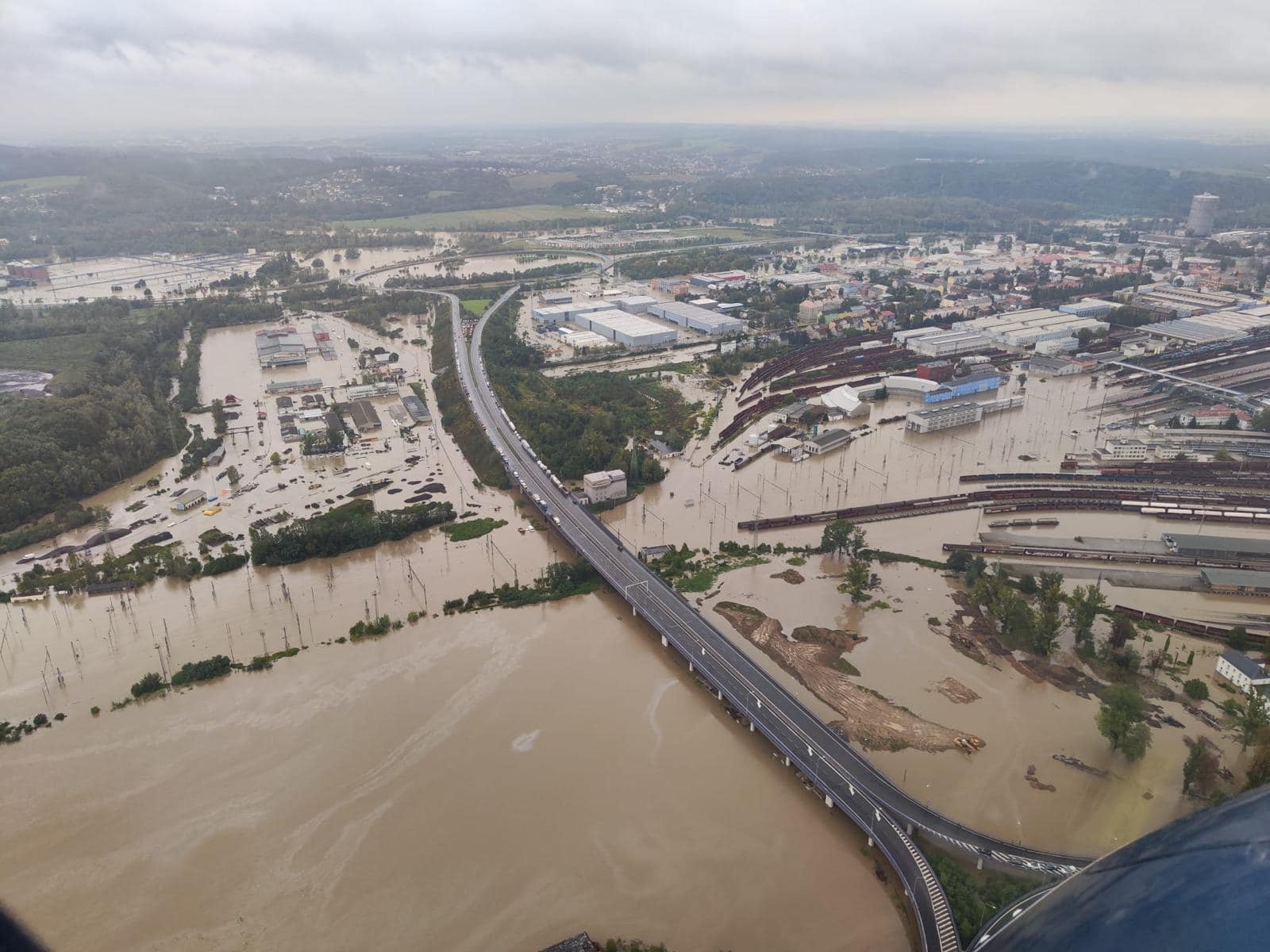

Several European countries flooded in the early fall of 2024. Affected countries included Spain, Austria, the Czech Republic, Croatia, Germany, Hungary, Italy, Poland, Romania and Slovakia.
In many communities, Storm Boris dropped a month’s worth of rain in 24 hours, beginning Sept. 13 and continuing for several days. The storm destroyed homes, schools and livelihoods. Thousands of people were evacuated; at least 26 people died, and thousands were displaced.
Key facts
- Rivers in the Czech Republic and Austria overflowed their banks, flooding homes and forcing evacuations of entire towns.
- Storm Boris caused flash floods and riverine flooding, which occurs when the waters from a creek or river rise and break its bank, causing flooding in low-lying areas.
- Tens of thousands of people fled their homes, including 40,000 people in Poland from the town of Nysa and 15,000 in the Czech Republic along the Czech-Polish border.
- Twenty-six people died, including nine in Poland, seven in Romania, seven in the Czech Republic, and three in Austria.
- Poland’s Prim declared a state of natural disaster for 30 days. The Austrian province around Vienna was also declared a disaster area.
- The flooding in Austria broke a dozen dams.
(Photo: Flooding in Ostrava, Czech Republic, Sept. 16, 2024. Credit: Police of the Czech Republic Facebook)
Latest Updates

What we’re watching: Weekly disaster update, November 18
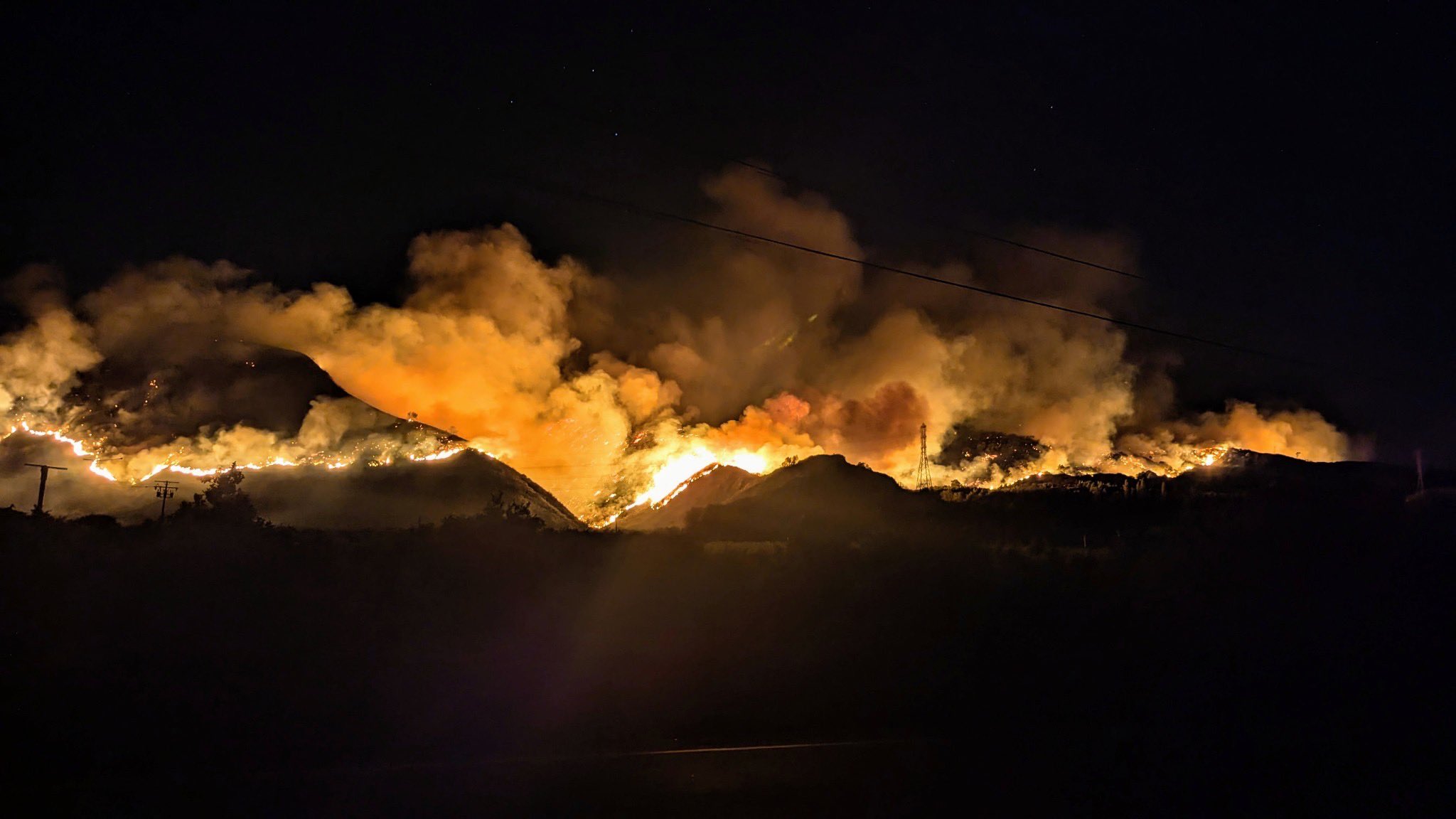
What we’re watching: Weekly disaster update, November 11
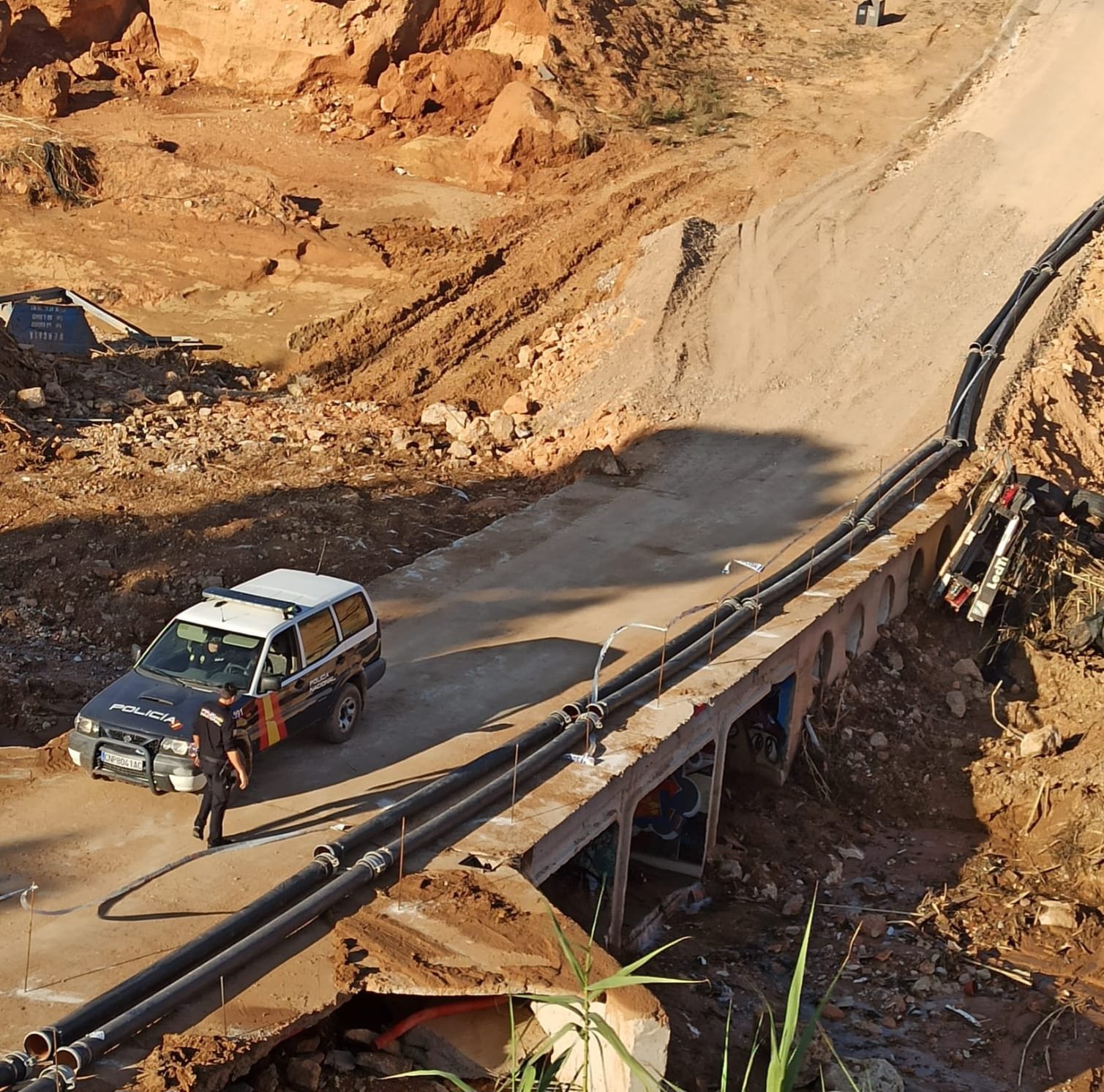
What we’re watching: Weekly disaster update, November 4

What we’re watching: Weekly disaster update, September 23
More information
Thousands of Ukrainian refugees living in Poland were among the communities hardest hit by Storm Boris. In Lądek Zdrój, three accommodation centers housing 90 mothers with children were left uninhabitable by the floods.
On Oct. 29, Spain saw its worst disaster in years. Heavy rains in Mala and Valencia caused severe flooding, resulting in 219 deaths with another 190,000 affected.
Some regions of Austria received five times the average September rainfall in just a few days, leading to 12 broken dams and massive power outages.
In Romania, over 6,000 homes were destroyed and 400 people were displaced in temporary shelters. The Danube River was described as “swallowing riverside roads.”
EU crisis management commissioner Janez Lenarcic warned that the eastern floods and wildfires in Portugal showed that “the global reality of climate breakdown has moved into the everyday lives of Europeans.”
In Spain, explosive downpours caused violent deluges in city streets within minutes, trapping people on roads and in the lower levels of buildings. Water rose as high as 9 feet. Cars piled up on highways, and a high-speed train derailed. The storm even spurred a rare tornado and hailstorm.
Additional resources
CDP maintains disaster profiles to help funders understand the needs of affected communities. For more updated resources about precise impacts, please see the following sources:
- Copernicus: European Flood Awareness System
- Copernicus: Emergency Management
- European Commission: European Civil Protection and Humanitarian Aid Operations
People need help rebuilding their homes, schools and livelihoods. They also need psychosocial and educational support, especially for marginalized populations such as Ukrainian refugees, women and girls.
Associated Press noted: “Rains cause widespread destruction every year, but experts say climate change is shifting weather patterns and increasing the number of extreme weather events.”
Cash assistance
As with most disasters, experts recommend cash donations, which allow on-the-ground agencies to direct funds to the greatest area of need, support economic recovery and ensure in-kind donation management does not detract from disaster recovery needs.
Many people lost everything in the floods. Direct cash assistance allows families to purchase items and services locally that address their multiple needs. It gives each family flexibility and choice, ensuring that support is relevant and timely. Cash assistance can also help families move faster toward rebuilding their lives.
Protection
Marginalized people, including refugees, people with disabilities, the elderly, transgender people, women and unaccompanied children, experience greater difficulties in accessing essential aid and services and are vulnerable to abuse, violence and exploitation.
After a disaster, the protection of vulnerable individuals (including women, children, older adults and people with disabilities) and ensuring access to basic rights are immediate priorities. Gender-based violence, including sexual assault and trafficking, is often a priority concern. The protection and security of children are also major concerns.
Since flooding impacted rural populations as well as urban areas, it is particularly important that disaster response and recovery is tailored to the specific needs of the affected communities.

CDP has a Global Recovery Fund that provides an opportunity for donors to meet the ongoing and ever-expanding challenges presented by global crises. Select “2024 Europe Floods” from the dropdown menu.
Contact CDP
Philanthropic contributions
If you have questions about donating to the CDP Global Recovery Fund, need help with your disaster-giving strategy or want to share how you’re responding to this disaster, please contact development.
(Photo: Flooding in Ostrava, Czech Republic, Sept. 16, 2024. Credit: Police of the Czech Republic Facebook)
Recovery updates
If you are a responding NGO, please send updates on how you are working on recovery from this disaster to tanya.gulliver-garcia@disasterphilanthropy.org.
We welcome the republication of our content. Please credit the Center for Disaster Philanthropy.
More Ways to Help
CDP recommends that you ask the experts if you are considering supporting an organization or fund that is positioned to work in an affected area.
- CDP’s team is ready to provide you with resources and support for responding to this disaster. You can find a variety of helpful resources on our website or reach out to one of the contacts above for more information. We can also directly fund local European organizations through our Global Recovery Fund.
- InterAction can provide resources and guidance about organizations working in affected communities.
- The Council on Foundations provides Country Notes for several countries to help foundations understand giving requirements, laws and regulations in various countries. Country notes for several European countries are available.
Resources
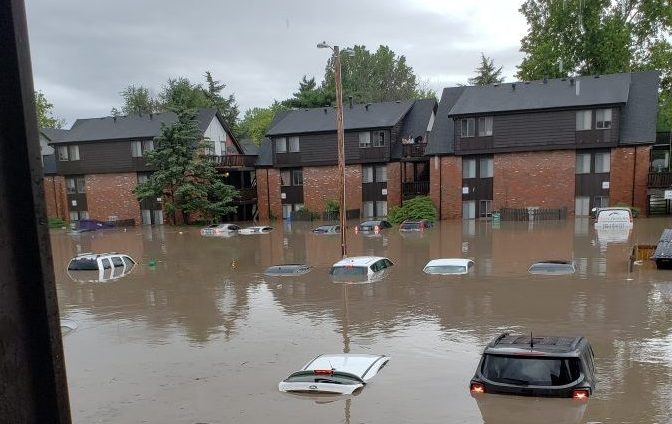
Floods
Flooding is our nation’s most common natural disaster. Regardless of whether a lake, river or ocean is actually in view, everyone is at some risk of flooding. Flash floods, tropical storms, increased urbanization and the failing of infrastructure such as dams and levees all play a part — and cause millions (sometimes billions) of dollars in damage across the U.S. each year.
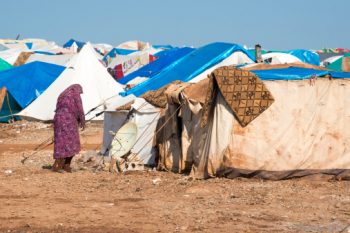
Emergency and Interim Shelter
After a disaster, shelter is more than a place to rest, it is a place of security, access to food, water and medical treatment. A place to start recovering after a disaster.

Critical Infrastructure and Systems
Critical Infrastructure and Systems (CIS) are the structures people rely on to perform their everyday tasks. They are what keep people, goods and information moving around the world while also keeping people safe and healthy.